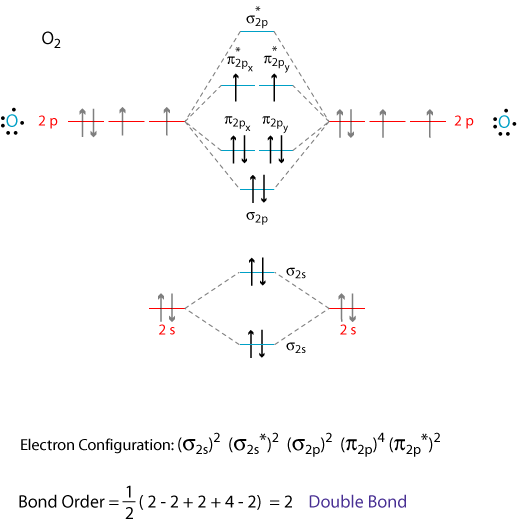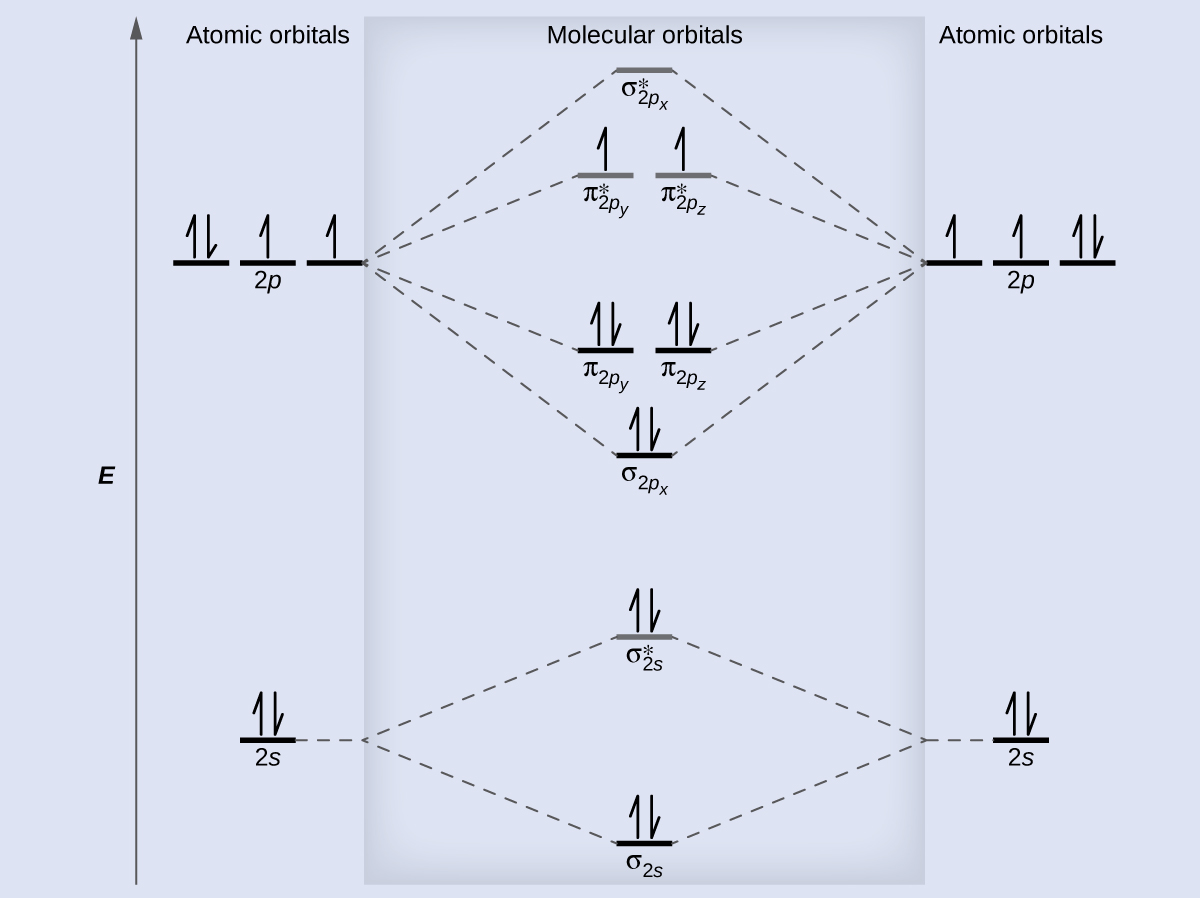
These molecular orbitals, which can be thought of as formedīy the overlap of atomic orbitals, constitute chemical bonds. The rules for electron aufbau, i.e., how electrons are placed. Regions encompassing two nuclei, having a characteristic energy and containing After f, orbitals are simply labelled alphabetically, so the sequence is s, p, d, f, g, h, i. The atomic orbitals then become molecular orbitals – An orbital is an area of space with high. Each sub shell level made up of one or more atomic orbitals. In molecules, the bonding electrons move in the combined electric field The electron configuration is a listing of which atomic orbitals are occupied by electrons, and how many electrons are in each type of atomic orbital. The major energy levels (shell) split into sub shells. d-orbitals come in sets of five (C through G in Fig 1). The first) set at right-anges to each other. There are three p-orbitals in each energy level (above The simplest type of orbital – the s-orbital – is sphericalĪnd can be occupied by a maximum of two electrons. By knowing the numbers of electrons in different orbitals, a chemist can predict the behaviour of any particular atom. The second set is the cubic set, this page and these might be appropriate to use if the atom is in a cubic. The number is the same as the principal quantum number, but the values 0, 1, 2 and 3 for the second quantum number are represented (for historical reasons) by the letters s, p, and 7. The first set is known as the general set, this page. Each electron in an atom can be described by a number followed by a letter. The energy of any electron depends upon the first two quantum numbers and, because its behaviour depends largely on its energy, chemicals have developed a kind of shorthand for describing an electron's energy level. The possible values for the second and third quantum numbers depend on the value of the principal quantum number in such a way that, when it is 1, there are only two possible quantum states (and orbitals) when it is 2, there are 8 when it is 3, there are 18 and so on, according to the formula 2 n 2, where n is the principal quantum number. The final quantum number is the spin of the electron, which can only be +½ or –½. The second number is related to the shape of the orbital, which is not always spherical, and the third determines its orientation.

The first of these, known as the principal quantum number, describes the average distance between the electron and the nucleus. The quantum state of an atom is defined by four quantum

His major rule was that no two electrons in the same atom can be in exactly the same quantum state. In 1925, the Austrian physicist Wolfgang Pauli formulated rules for electron orbitals. In the fields of quantum mechanics and atomic theory, these mathematical functions are often employed in order to determine the probability of finding an electron (belonging to an atom. Equivalently, an orbital canīe thought of as one of the regions in the space around an atomic Atomic orbitals are mathematical functions that provide insight into the wave nature of electrons (or pairs of electrons) that exist around the nuclei of atoms. An orbital is a wavefunction that describesĭoing, and where it is most likely to be found, inside an atom or molecule.


 0 kommentar(er)
0 kommentar(er)
